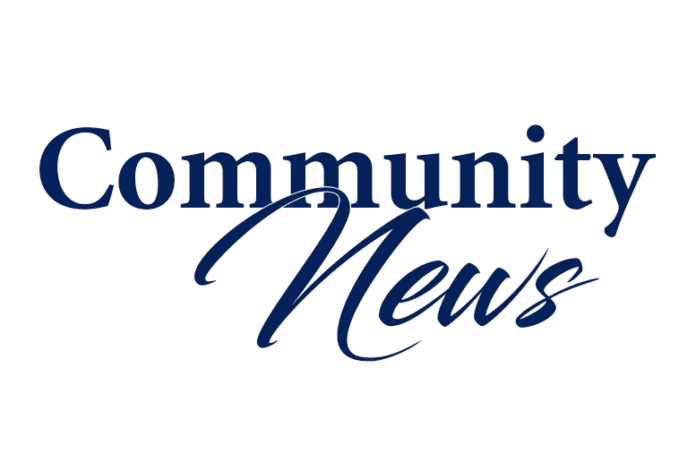PART 1
It’s no longer about sitting in alphabetical order…
We tell students to be who they are and be proud of what makes them unique. Students have no problem with that. But to others, when it comes to sexuality, it seems more important that students care for, or love the correct type of person as opposed to being happy and loving who they love.
Again, it must fit OUR definition of normal.
It’s ironic how society “hopes” that diversity and inclusion are part of the classroom experience. But you see, the trick to making “DIVERSITY” work is that it must become a proactive priority just as much as standardized testing and high-grade point averages.
Standard Operating Procedure (SOP)
Schools are institutions where diversity should be the accepted norm, among staff, students and the community served by the school. The entire in-school team must ensure their school not only recognizes diversity but also affirms it so that everyone involved with the school feels welcomed and valued. It must become SOP.
Diversity in school includes:
1. Cultural & Religious Diversity
2. Ethnic Diversity
3. Diversity of beliefs and values
4. Diversity of learning needs & disabilities
5. Sexual Diversity
6. Diversity of gender identities
The first four types of diversity are generally well recognized as core values, respected in many schools, whereas sexual diversity and diverse gender identities have been infrequently addressed.
Left out of the conversation
Moreover, homophobia, biphobia, transphobia and other forms of discrimination about diverse sexual orientation and gender identities are systematically excluded from conversations and professional development.
An unfortunate and all too common result of unchecked bias and prejudice is bullying behaviors (verbal, emotional, physical) which has serious consequences for its targets.
“If a school fails to provide an environment which respects the dignity of all students, inclusive of their sexual orientation and/or gender identity, it could be argued that it is not truly working towards the students’ best interest. Some students will not realize their full potential as a direct result of their sexual orientation and/or gender identity being ignored or rejected by their school community. A school may not prepare or effectively respond to students’ needs in a way that works to prevent harm,” said South Florida based Mental Health Counselor, Lori Moldovan IMH.
Sadly, sexually and gender diverse students experience higher rates of bullying, truancy, substance abuse, self-harm, and suicide.
The harmful effects of homophobia, biphobia and transphobia
There is increasing evidence that students whose sexual orientation is other than heterosexual, or whose gender identity does not fit gender norms, experience low levels of self-esteem; another reason these students suffer higher rates of suicide and other self-destructive or risk-taking behaviors.
To provide a truly safe and supportive community in which everyone can thrive and in which students can achieve their best, schools must walk it like they talk it…diversity that is!
Be straight up
Don’t talk around LGBTIQ+ issues. Acknowledge its existence and make clear that LGBTIQ+ is not the “issue of the day.”
The first step to affirming sexual orientation and gender identity diversity is creating visibility and promoting awareness.
● Use students’ preferred name.
● Select pronouns students’ would like you to use (he/him, she/her, they/them).
● Ask how students would like their names displayed on the class roll or around the learning environment.
● Ask how students would like to be referred to when communicating with their family, as some may be out at school but not at home.
So…let’s create a classroom world where students are as comfortable in their skin as they are in their seats.
This column is by Ritchie Lucas, Founder of The Student Success Project and Think Factory Consulting. He can be reached at 305-788-4105 or email at ritchie@thinkfactory.com and on Facebook and You Tube as The Student Success Project. Lori Moldovan IMH can be reached at 786-747-2855. She frequently works with adolescents dealing with anxiety, depression and substance issues.






